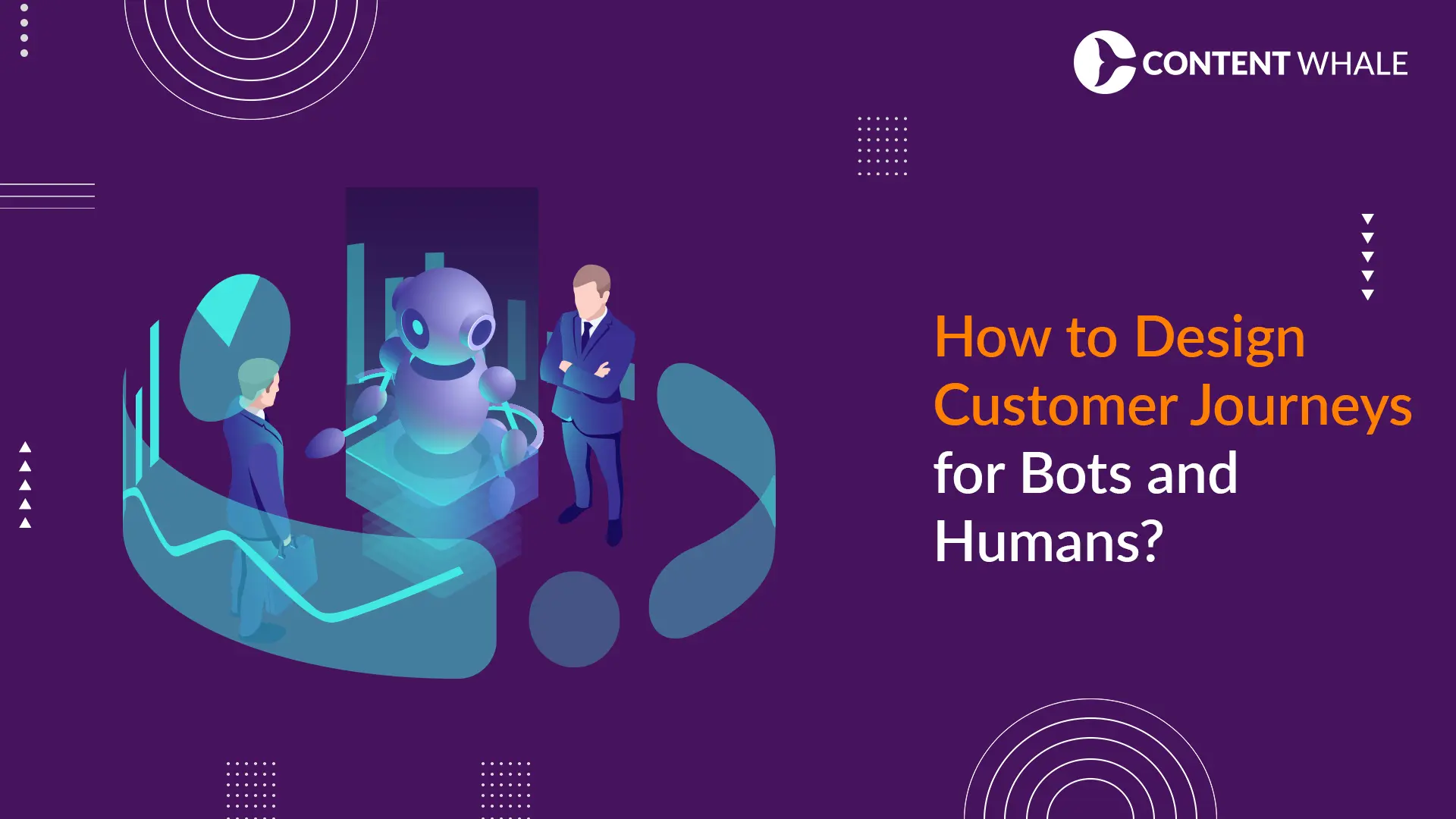Quick Summary
Learn the key benefits of content marketing for small businesses. Understand how a well-planned content strategy can boost growth and customer engagement. Discover practical online marketing strategies that leverage digital content to drive brand awareness and lead generation. Unlock the potential of small business marketing with effective content creation and content distribution techniques to maximize marketing benefits.
Overview of Content Marketing and Its Relevance for Small Businesses
Content marketing involves creating and sharing valuable, relevant content to attract and retain a clearly defined audience. For small businesses, this can be a game-changer, helping to level the playing field against larger competitors. By focusing on specific niches and local markets, small businesses can effectively reach their target audience without the hefty budgets required for traditional advertising.
Importance of a Content Strategy
A well-crafted content strategy is essential for small businesses to ensure that their content efforts are aligned with their business goals. This involves understanding your audience, determining the types of content that resonate with them, and choosing the right channels for content distribution. A strategic approach to content creation not only maximizes the impact of your content but also ensures consistency and relevance.
Purpose of the Article
The goal of this article is to highlight the key benefits of content marketing for small businesses. By understanding these benefits, business owners can see how a solid content strategy can drive brand awareness, lead generation, and customer engagement, ultimately contributing to business growth and success.
Why Content Marketing Matters
In today’s digital age, consumers are bombarded with advertisements and promotional messages. Traditional advertising methods are often ignored or blocked by users who seek more meaningful interactions with brands. This is where content marketing shines. By providing valuable information and insights, businesses can build trust and establish themselves as thought leaders in their industry. This approach not only attracts new customers but also retains existing ones by fostering loyalty and engagement.
The Role of Digital Content
Digital content plays a crucial role in reaching and engaging with customers. From blog posts and social media updates to videos and podcasts, the variety of content formats available allows businesses to tailor their message to the preferences of their audience. This flexibility is particularly beneficial for small businesses, enabling them to experiment and find the most effective ways to communicate with their customers.
Looking Ahead
As we delve into the benefits of content marketing, it’s important to remember that the success of these efforts hinges on a well-defined strategy and a commitment to providing value to your audience. By focusing on the needs and interests of your customers, small businesses can leverage online marketing to drive sustainable growth and achieve their marketing objectives.
1. Increased Brand Awareness

How Content Marketing Helps Build Brand Visibility
Content marketing significantly enhances brand visibility by delivering valuable and relevant content consistently. Consumers today prefer engaging with informational content over traditional advertisements. Studies show that 70% of consumers prefer learning about a product or service through an article rather than an ad. This preference positions content marketing as a more effective method for increasing brand awareness.
Importance of Consistent and Valuable Content
Consistency in publishing high-quality content is essential. Regularly updating your audience with valuable content keeps your brand top-of-mind. For instance, Airbnb’s consistent use of warm colors and simple design elements in all their materials reflects their mission and makes the brand easily recognizable. Similarly, businesses should focus on creating content that informs, entertains, and educates their audience, thereby building a loyal following.
Examples of Successful Brand Awareness Campaigns
Brands like Wendy’s and Spotify have effectively used content marketing to boost visibility. Wendy’s witty social media interactions have significantly increased their visibility and made their account a favorite. Spotify prioritizes accessibility and personalized music experiences, enhancing brand awareness and trust.
Tips for Creating Content that Enhances Brand Awareness
- Utilize Social Media: Be active and engaging on social media platforms. Post regularly, respond to comments, and share user-generated content. GoPro excels in this by sharing user-generated videos and photos, increasing engagement and brand visibility.
- Create Shareable Content: Develop content that is easy to share, such as infographics, videos, and blog posts. Adding social sharing buttons on your website and blog can also help increase the shareability of your content.
- Run Contests and Giveaways: Social media contests can boost brand awareness by encouraging followers to share your content. For instance, a skincare brand might run a “Share Your Skin Transformation Journey” contest, offering a free supply of products as a prize.
- Leverage Influencer Partnerships: Collaborate with influencers who align with your brand values. Influencers can help introduce your brand to their followers, expanding your reach and increasing brand awareness.
- Engage in Corporate Social Responsibility (CSR): Support causes that align with your brand values. For example, Bombas donates a pair of socks for every pair purchased, strengthening their brand image and attracting socially conscious consumers.
Implementing these strategies can help small businesses effectively use content marketing to boost brand awareness, build trust with their audience, and drive growth.
2. Cost-Effective Marketing Strategy

Comparison of Content Marketing Costs with Traditional Advertising
Content marketing is significantly more cost-effective than traditional advertising methods like TV commercials, print ads, and billboards. Traditional methods often come with high costs and uncertain returns, whereas content marketing can fit any budget and offers compounding returns over time. According to Demand Metric, content marketing costs 62% less and generates approximately three times as many leads as traditional marketing.
Benefits of Content Marketing in Terms of ROI
Investing in content marketing provides substantial returns on investment (ROI) for small businesses. By creating valuable digital content, businesses can attract and retain customers without high upfront costs. Content marketing enhances brand awareness, drives lead generation, and boosts customer engagement. Businesses prioritizing content marketing see higher engagement and conversion rates, leading to increased sales and customer loyalty.
Case Studies of Small Businesses Achieving Growth
Cloudberries, a puzzle company, created an engaging bingo card shared on social media, quickly gaining traction and increasing visibility. Similarly, Seed, a probiotics company, built a strong brand presence by consistently sharing educational and visually appealing content.
Practical Tips for Budget-Friendly Content Creation and Distribution
- Outsource Content Production: Hiring freelancers is cost-effective for producing high-quality content without the overhead of a full-time team.
- Utilize Gated Content: Create valuable content like ebooks or guides that require users to provide their email addresses, helping build your email list for targeted content distribution and customer engagement.
- Repurpose High-Performing Content: Transform well-received blog posts into social media posts, videos, or infographics to reach a broader audience without creating new content from scratch.
- Focus on Social Media: Use platforms like Instagram, Facebook, and LinkedIn for cost-effective content distribution and audience engagement. Regular posting and sharing user-generated content can build a loyal community around your brand.
- Leverage Email Marketing: Build and maintain an email list to directly communicate with customers. Share updates, promotions, and valuable content to keep your brand top-of-mind and drive repeat business.
- Create a Distribution Strategy: Develop a robust distribution strategy combining organic methods like SEO and social media with paid tactics such as Google ads or sponsored posts to maximize reach and impact.
By implementing these cost-effective strategies, small businesses can leverage content marketing to drive growth, increase brand awareness, and enhance customer engagement without breaking the bank.
3. Improved Customer Engagement

The Role of Content Marketing in Fostering Customer Relationships
Content marketing plays a crucial role in enhancing customer engagement by building stronger relationships between brands and their audiences. Providing valuable and relevant content consistently helps build trust and shows a commitment to meeting customer needs. This approach not only attracts new customers but also keeps existing ones engaged and loyal.
Types of Content That Drive Engagement
- Blogs and Articles: Regular updates addressing common questions and providing insights establish your brand as an industry authority.
- Videos: Short-form videos, tutorials, and testimonials help humanize your brand and connect personally with your audience.
- Social Media Posts: Engaging posts, interactive stories, and live sessions on platforms like Instagram, Facebook, and Twitter boost engagement.
- Email Newsletters: Personalized campaigns offering valuable content and exclusive offers keep your audience informed and engaged.
- Interactive Content: Quizzes, polls, and interactive infographics encourage user interaction.
Examples of Engaging Content Strategies
- Personalization: Tailoring experiences to individual preferences and behaviors increases engagement and loyalty. This can include personalized emails, product recommendations, and targeted promotions.
- Active Listening: Responding to customer feedback promptly shows that their opinions are valued and can guide improvements in products and services.
- Social Media Challenges: Hosting fun and relevant challenges on social media can increase engagement and expand reach. For example, the #IceBucketChallenge significantly boosted engagement and awareness for ALS.
Tips for Measuring and Enhancing Customer Engagement
- Use Analytics: Track engagement metrics like time on page, bounce rates, and interaction rates using tools like Google Analytics and social media insights.
- Act on Feedback: Encourage customer feedback through surveys and social media. Listening and making adjustments based on feedback improves satisfaction and loyalty.
- Consistency is Key: Regular updates and a consistent posting schedule keep your audience engaged and build trust.
Implementing these strategies helps small businesses use content marketing to foster customer engagement, build stronger relationships, and drive business growth.
4. Enhanced SEO and Online Presence

How Content Marketing Contributes to Better Search Engine Rankings
Content marketing enhances SEO, helping small businesses improve online visibility by producing high-quality, relevant content. This process involves optimizing content with relevant keywords, obtaining inbound links, and ensuring technical SEO elements are in place.
Importance of Keyword Research and Optimization
Effective keyword research and optimization help search engines understand content and match it with user queries. Long-tail keywords can capture niche markets and improve visibility on search engine results pages (SERPs).
Examples of SEO-Friendly Content Strategies
- High-Quality Blog Posts: Regularly publishing informative blog posts helps establish authority and drive traffic. For instance, HubSpot’s blog ranks well due to its depth and relevance.
- Video Content: Optimizing videos with descriptive titles, tags, and closed captions can improve chances of appearing in featured snippets.
- Voice Search Optimization: Structuring content to answer common voice search queries can enhance visibility.
Tips for Integrating SEO Best Practices
- Mobile Optimization: Ensure your website is mobile-friendly with responsive design and fast loading times.
- Structured Data: Adding schema markup helps search engines understand content context, enhancing chances of appearing in rich results.
- High-Quality Backlinks: Earning backlinks from reputable sites signals to search engines that your content is valuable.
- Monitor and Adjust: Regularly review SEO performance and adjust strategies based on data to maintain and improve rankings.
By integrating these SEO best practices into your content marketing efforts, small businesses can enhance their online presence, attract more organic traffic, and achieve sustainable growth.
Conclusion

Recap of the Seven Key Benefits of Content Marketing for Small Businesses
Content marketing offers numerous advantages for small businesses:
- Increased Brand Awareness: Consistent and valuable content creation helps businesses become more visible and recognized.
- Cost-Effective Marketing Strategy: Content marketing is more affordable and delivers a higher ROI compared to traditional advertising.
- Improved Customer Engagement: Engaging content fosters stronger relationships and enhances customer engagement and loyalty.
- Enhanced SEO and Online Presence: High-quality, optimized content improves online visibility and search engine rankings.
- Lead Generation and Conversion: Effective content attracts potential customers and increases lead generation.
- Customer Education and Trust: Informative content builds trust and establishes the business as an authority.
- Long-Term Value and Sustainability: Evergreen content provides lasting benefits, continuously attracting and engaging customers.
Encouragement to Adopt Content Marketing Strategies for Business Growth
Adopting content marketing strategies can transform how small businesses engage with their audience and grow their brand. By focusing on creating high-quality, relevant digital content, businesses can enjoy numerous marketing benefits.
Final Thoughts on the Long-Term Value of Content Marketing
The long-term value of content marketing lies in its ability to continuously attract, engage, and convert customers. Investing in strategic content distribution and content creation not only enhances brand awareness and customer engagement but also drives sustainable growth. By understanding and implementing inbound marketing best practices, small businesses can achieve remarkable results.
FAQs
How can content marketing improve my small business’s online presence?
Content marketing enhances your online presence by increasing visibility on search engines through SEO-optimized content. Consistently publishing high-quality, relevant content attracts more organic traffic to your website, boosting brand awareness and driving targeted traffic, which enhances your overall digital footprint.
What types of content are most effective for engaging customers?
Several types of content are highly effective in driving customer engagement:
- Blog Posts: Offer valuable information and insights, helping to establish your authority.
- Videos: Engage viewers with dynamic and easy-to-digest content.
- Social Media Posts: Facilitate direct interaction with your audience.
- Email Newsletters: Keep your audience informed and engaged with regular updates.
- Interactive Content: Quizzes, polls, and infographics can significantly boost engagement by making content more interactive and fun.
How does content marketing compare to traditional advertising in terms of cost?
Content marketing is significantly more cost-effective than traditional advertising. It costs 62% less and generates about three times as many leads per dollar spent. While traditional advertising requires ongoing investment for continued exposure, content marketing provides long-term value with evergreen content that keeps attracting traffic and leads over time.
What are some budget-friendly content marketing strategies for small businesses?
Small businesses can implement several budget-friendly content marketing strategies:
- Repurpose Existing Content: Use high-performing content in different formats across various platforms.
- Utilize Free Tools: Platforms like Canva for design and Hootsuite for social media management can help create and distribute content cost-effectively.
- Leverage User-Generated Content: Encourage customers to share their experiences with your products or services.
- Focus on SEO: Optimize your content for search engines to drive organic traffic without additional costs.
How do I measure the success of my content marketing efforts?
Measuring the success of your content marketing involves tracking key metrics such as:
- Website Traffic: Use tools like Google Analytics to monitor traffic and user behavior.
- Engagement Rates: Track likes, shares, comments, and time spent on your content.
- Lead Generation: Measure the number of leads generated through forms, downloads, and sign-ups.
- Conversion Rates: Assess how many leads are converted into customers.
- SEO Performance: Monitor your search engine rankings and organic search traffic.





